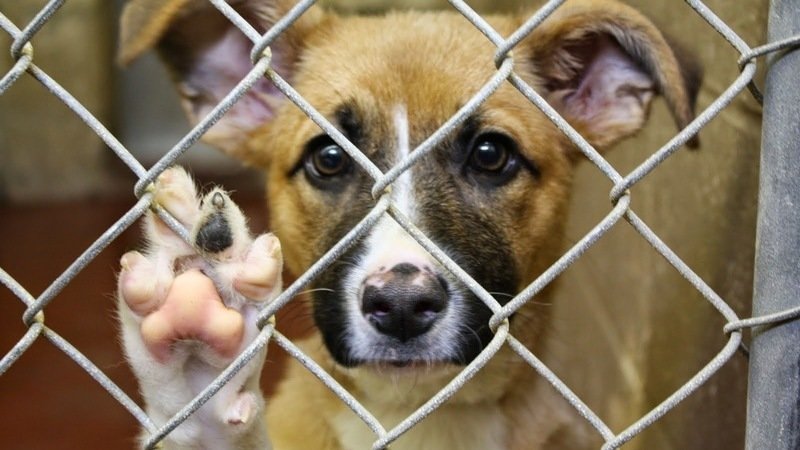Animal cruelty remains a poignant issue, affecting countless lives across the globe. In an effort to combat such heinous acts, various jurisdictions have implemented animal cruelty offender lists. These lists serve as both a deterrent and a means of protecting animals from future harm. Understanding the repercussions that accompany being listed on such a registry is crucial not only for potential offenders but also for the general public who may be unaware of the implications.
When a defendant is officially listed on an animal cruelty offender list, several significant outcomes ensue, impacting various facets of their life and community. The most immediate consequence is the legal ramifications; once convicted of animal cruelty — be it neglect, abuse, or torture — the individual is often subjected to sentencing that may include fines, imprisonment, and mandatory psychological evaluation. Depending on the severity of the offense, these penalties can be quite stringent. A typical conviction may also mandate restitution payments to cover veterinary expenses or damages pertaining to the abused animals.
Beyond the courtroom, societal stigma looms large for individuals identified on such registries. These individuals often experience a profound change in their personal and social relationships. Friends and family may distance themselves, unable to reconcile a loved one’s actions with their own beliefs about animal welfare. Additionally, employers and colleagues may react unfavorably upon discovering an individual’s previous offenses. This pervasive ostracization can foster a deep sense of isolation.
The stigma surrounding animal cruelty offenders extends to the community at large. Awareness campaigns often shed light on the names listed, effectively warning residents about the potential dangers posed by these individuals. Public databases or notices about offenders can potentially lead to vigilantism, as community members may feel compelled to take matters into their own hands. This reaction, while born from a desire to protect innocent creatures, raises ethical concerns about mob justice and the rule of law.
Moreover, being placed on an animal cruelty offender list can lead to severe restrictions in one’s ability to own animals in the future. Many jurisdictions impose bans that can last for several years, if not indefinitely. This prohibition is established not only to prevent further harm to animals but also as a means of societal protection. An individual listed for animal cruelty is often deemed unfit for animal ownership, resulting in further legal consequences if they violate this stipulation.
Another critical aspect to consider is the psychological evaluation that often accompanies an animal cruelty conviction. Courts may mandate therapy or counseling aimed at addressing the underlying behavioral issues that contributed to the offense. This approach is predicated on the notion that many offenders may experience psychological disturbances that warrant professional intervention. Such interventions can potentially alter the trajectory of an individual’s future behavior, fostering a path toward rehabilitation rather than recidivism.
Yet, being listed on an animal cruelty offender list is not merely punitive; it also serves an educational purpose. These lists often serve as cautionary tales, raising awareness among community members about the importance of animal welfare. By bringing to light the consequences of abusive behavior, communities can foster a culture of empathy and respect towards animals, hopefully reducing instances of cruelty.
The existence of animal cruelty offender lists can serve as a motivating force for legislative reform as well. Public outcry generated by awareness of such offenders can propel lawmakers to enhance existing animal protection laws. Stricter regulations, increased funding for animal control agencies, and improved enforcement mechanisms can emerge from heightened public awareness, leading to progress in the realm of animal rights. Furthermore, advocacy groups can leverage the data from these lists to rally support for preventive education programs aimed at reducing incidents of cruelty.
In addition to legal and social repercussions, offenders may also encounter challenges in seeking housing. Many landlords conduct background checks that may reveal an individual’s status as an animal cruelty offender. This scrutiny can prohibit access to safe and stable living conditions, further exacerbating feelings of alienation and hopelessness. The interplay between housing insecurity and past actions creates a cycle that may reinforce negative behavior rather than encourage rehabilitation.
Finally, the community benefits from such registries in proactive ways. By being privy to the identities and histories of known offenders, animal control organizations and shelters can be vigilant in their monitoring. Educators, law enforcement, and volunteers can collaborate to develop initiatives aimed at educating pet owners and potential adopters about compassionate animal care. In this way, offender lists can become tools not only for punishment but also for active community engagement and awareness.
In conclusion, the consequences of being listed on an animal cruelty offender list transcend the immediate legal ramifications. The societal implications, psychological assessments, and community-driven responses play vital roles in shaping the life of an offender as well as the broader discourse on animal welfare. It emphasizes the importance of addressing the issue of animal cruelty with both compassion and accountability, recognizing that effective change involves a multifaceted approach intertwined with education, legislation, and community support.








